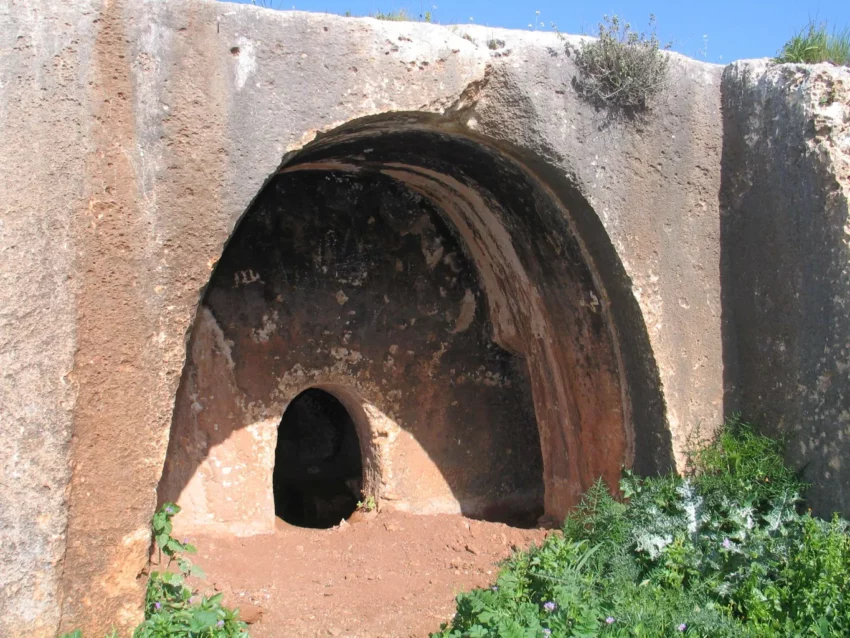Khirbet Kurkush: A Glimpse into Ancient Samaria
Khirbet Kurkush, known in Arabic as خربة قرقش, is an archaeological site in the West Bank. It lies between the Israeli settlements of Bruchin and Ariel, near the Palestinian town of Bruqin. This site, in the Salfit Governorate of the State of Palestine, offers a fascinating look at the region’s history during key historical periods.
Get your dose of History via Email
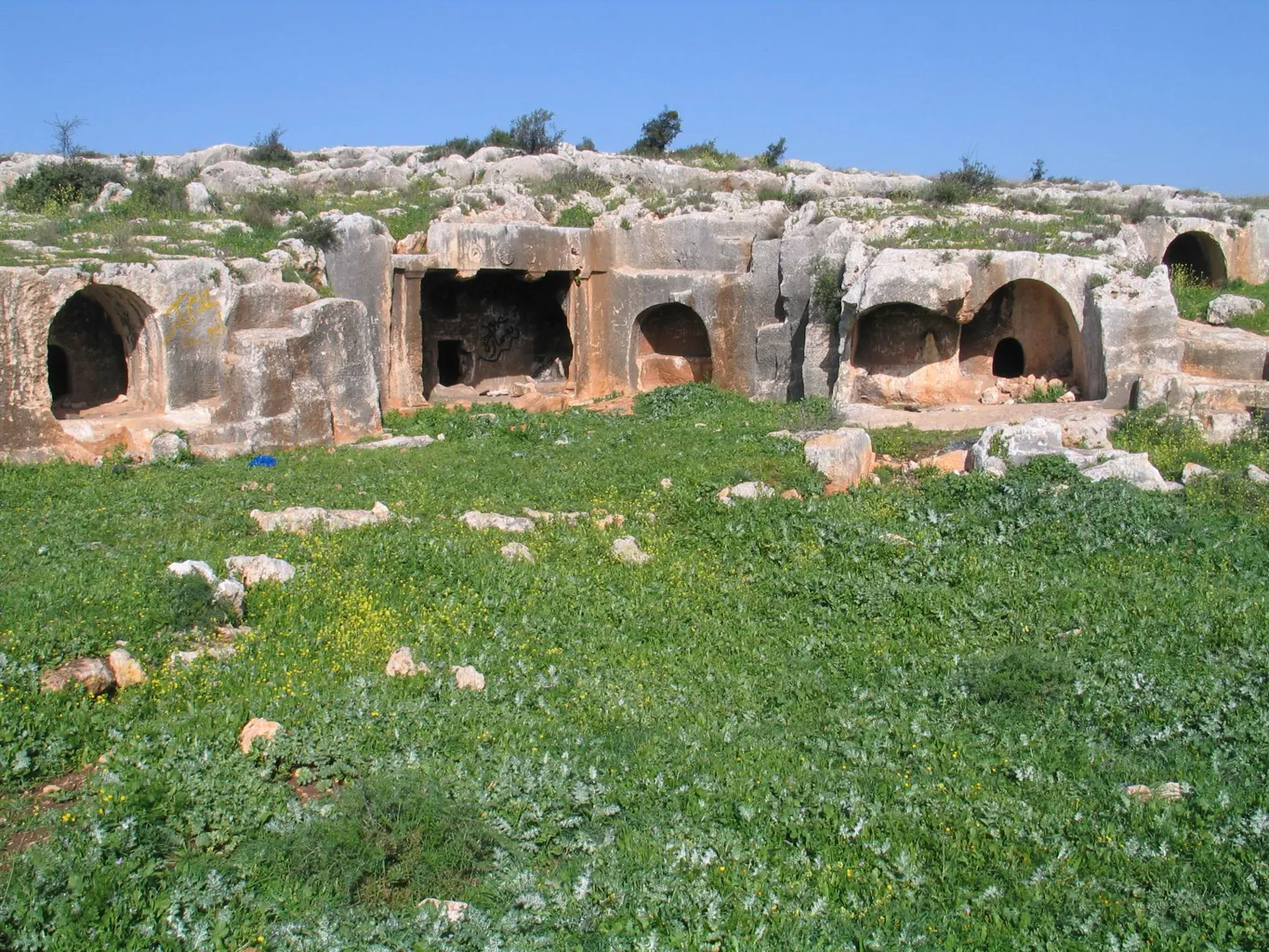
Historical Significance and Excavations
Khirbet Kurkush saw most of its activity during the Hellenistic, Roman, and Byzantine eras. Impressive remnants of structures and quarries from these periods remain. Artifacts from the Iron Age and the Middle Ages also show the site’s long history.
The site features a necropolis with rock-cut tombs, some lavishly decorated. These tombs resemble Jewish ones from Jerusalem’s late Second Temple period. Scholars debate who used the necropolis—Jews, Samaritans, or pagans. Most archaeologists believe Jewish craftsmen built the site, likely fleeing Jerusalem during the Roman siege in 70 CE.
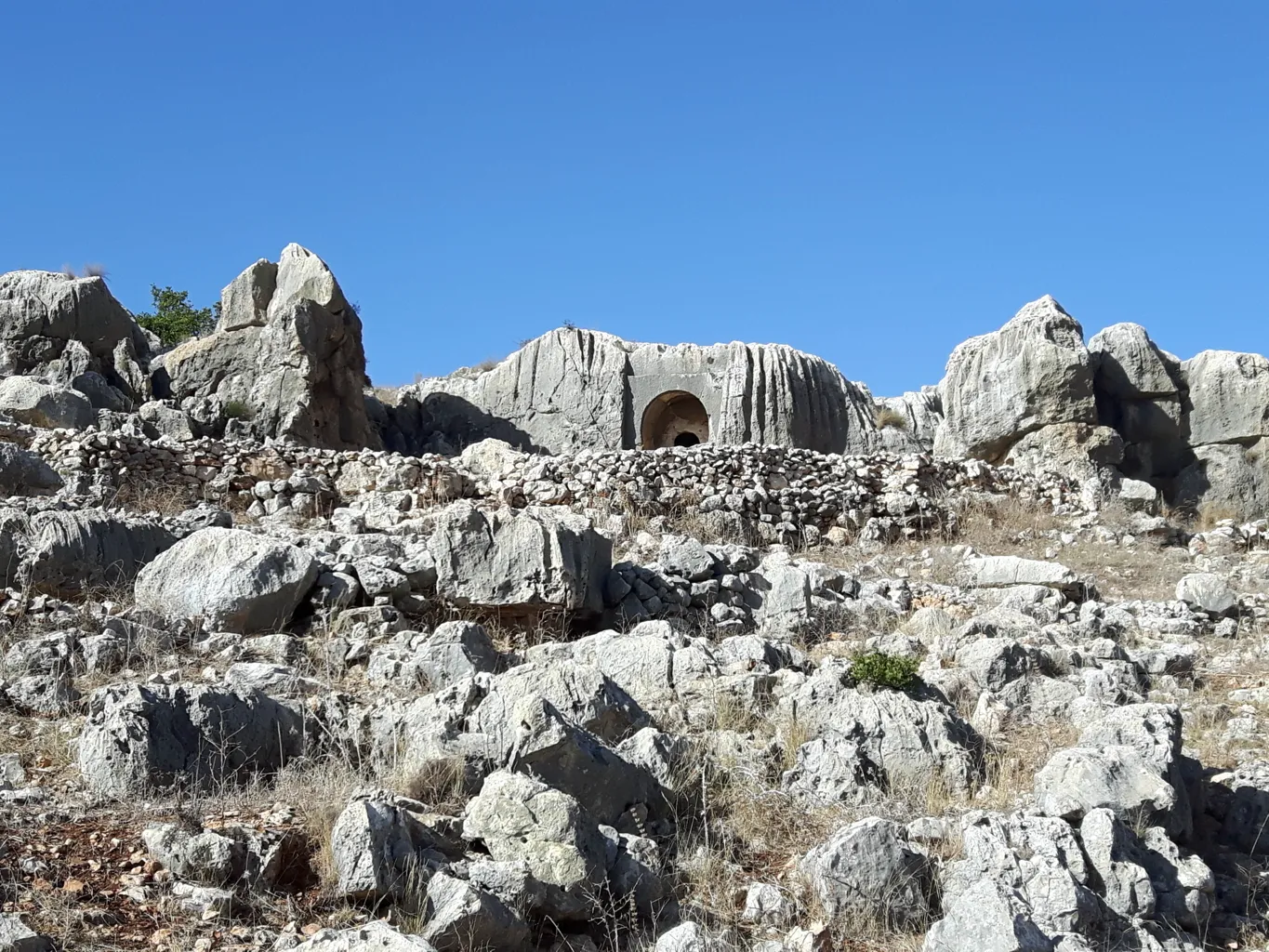
Early Surveys of the Site
Victor Guérin, a French archaeologist, visited the site in 1870. He described Khirbet Kurkush as a ruined Arab village with ancient cisterns. However, he missed the necropolis. Three years later, the Palestine Exploration Fund (PEF) conducted a detailed survey. They noted a “fine cemetery of rock-cut tombs” and described ruins, a large tank, and quarries.
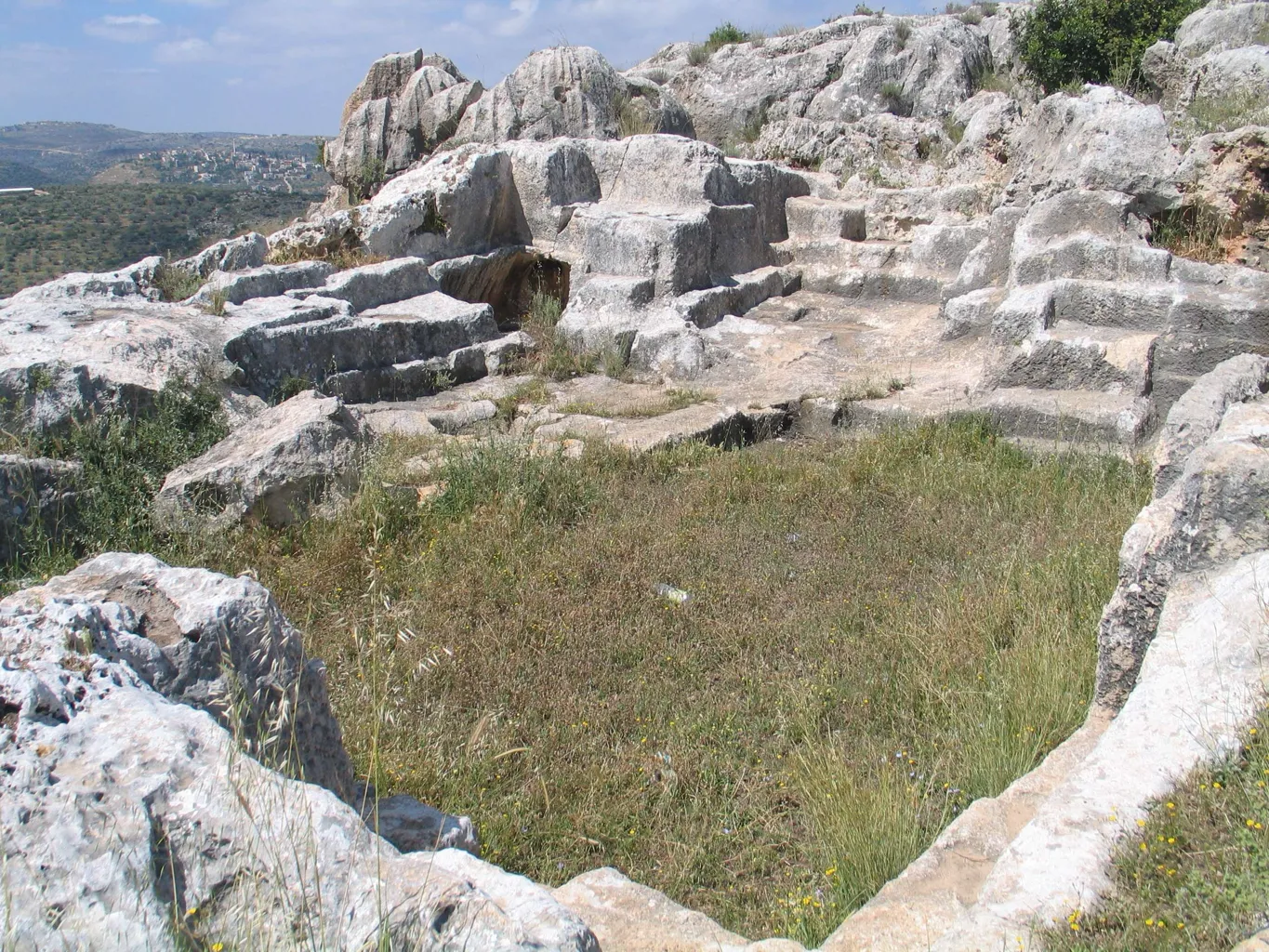
Later surveys continued to reveal more about the site. These included work by the École Biblique, post-1967 surveys, and studies by archaeologists like Shimon Dar, Israel Finkelstein, Yitzhak Magen, and Dvir Raviv. In 1983, Finkelstein’s team found pottery from the Iron Age to the Ottoman era, along with remnants of buildings, quarries, and decorated tombs.
In 1991, Shimon Riklin led a salvage excavation. He uncovered more structures, quarries, and tombs, adding to the site’s rich history.

The Necropolis: Architectural Highlights
The necropolis of Khirbet Kurkush lies about 200 meters east of the main ruins, within an old quarry. This necropolis includes 18 burial caves with kokhim (niches) and several open-air trough tombs. The central tomb, part of a large quarry, stands out. Hewn from rock in the northern part of a courtyard, it features a porch with Ionic columns, though the columns no longer stand. A frieze above the porch displays a rosette relief flanked by damaged wreaths, reminiscent of Jerusalem’s late Second Temple tombs.
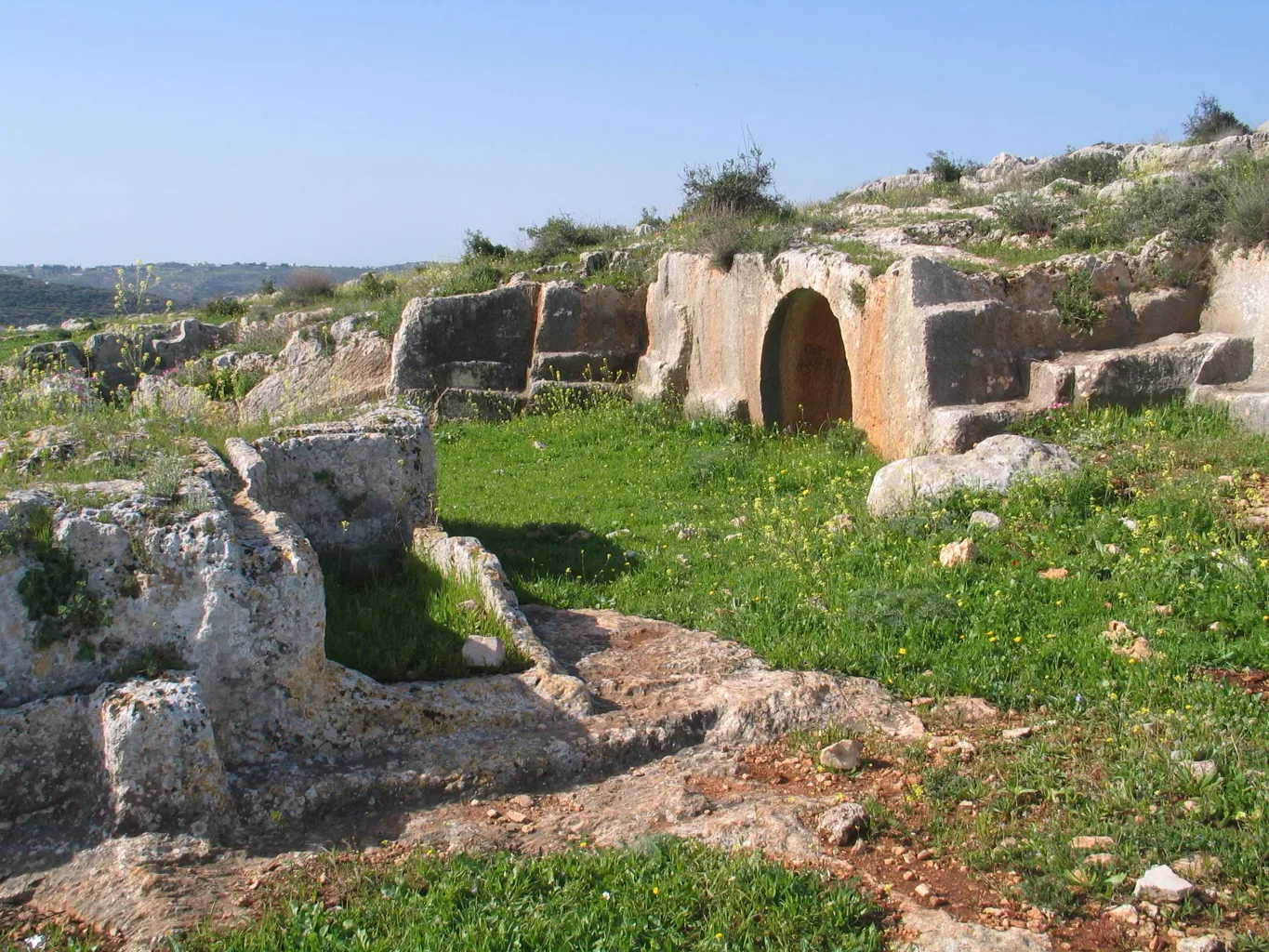
Other tombs follow a simpler but consistent design. Each has an entrance room with a barrel vault, an opening blocked by a rolling stone, and a burial chamber with niches around a central pit. Some tombs feature architectural decorations like smooth stone facades and columns with Doric capitals. One tomb even shows a row of Herodian-style stones.
Cultural Debate and Jewish Presence
Scholars debate the cultural identity of Khirbet Kurkush’s inhabitants. Most believe the site was Jewish, but Yitzhak Magen and Shimon Riklin suggest Samaritans or pagans may have lived there. Magen theorizes that Jerusalemite artisans, possibly hired by non-Jews, created the tombs’ Jewish appearance. Riklin, who found quarries, a winepress, and towers, suggests these structures belonged to Samaritans.
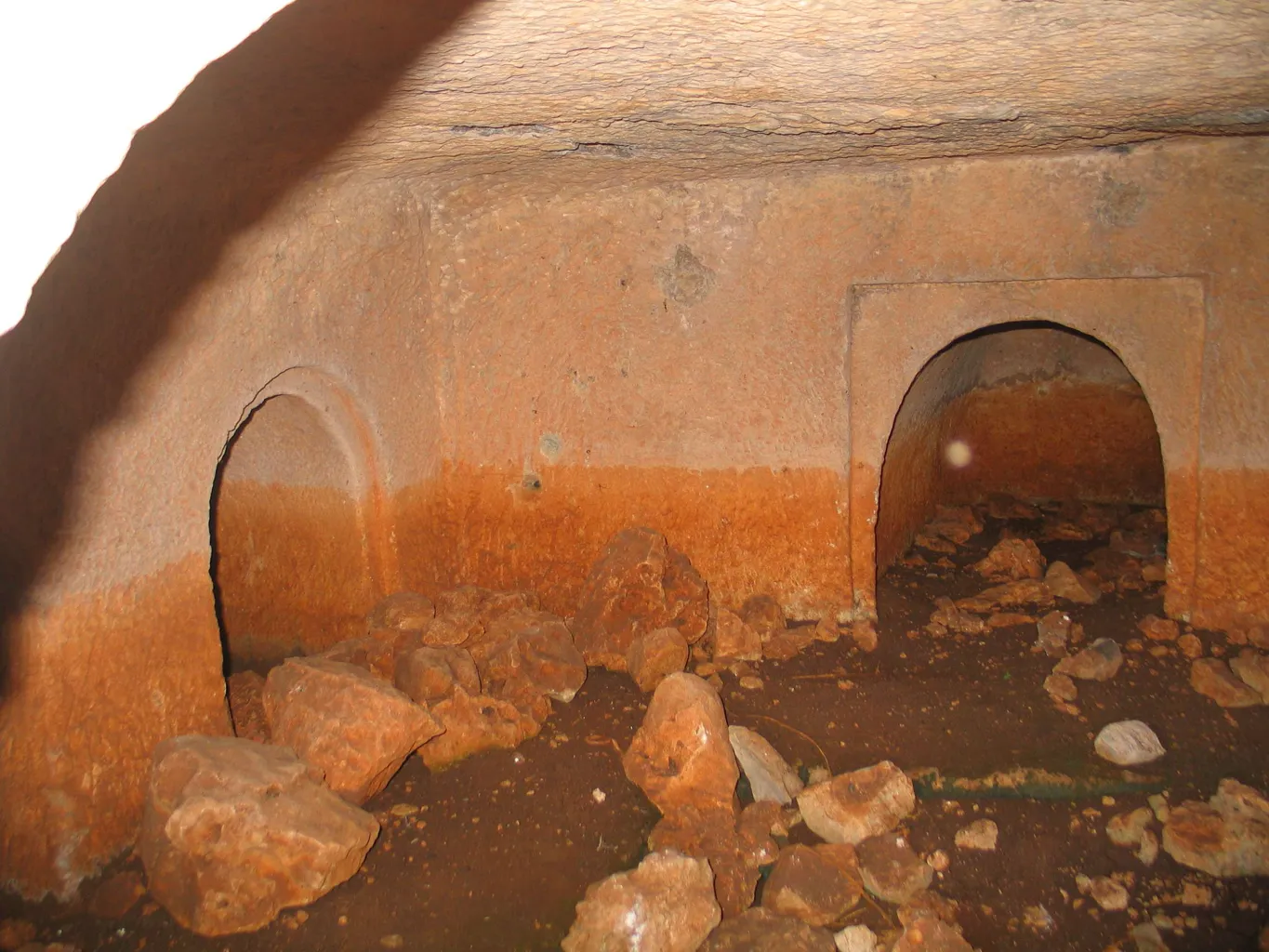
However, many archaeologists, including Dvir Raviv, argue that wealthy Jewish families likely used the Khirbet Kurkush necropolis. They base this on the tombs’ similarity to those in Jerusalem and the area’s location between Samaritan and Jewish-majority regions. Evidence of Jewish presence includes an underground hideout complex linked to Jewish refugees from the Bar Kokhba revolt. The nearby site of Khirbet Tibneh, identified as ancient Thamna, also served as the capital of a Jewish toparchy during the late Second Temple period.
Conclusion
Khirbet Kurkush offers a unique look into ancient Samaria’s complex history. The site’s remnants, especially the necropolis, continue to intrigue archaeologists and historians. As research progresses, Khirbet Kurkush may reveal even more about the diverse cultures that once thrived here.
Sources:

